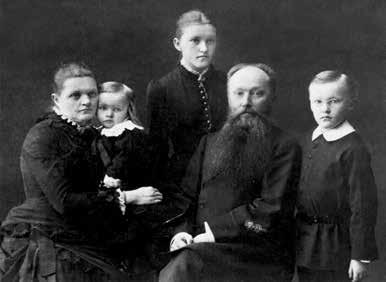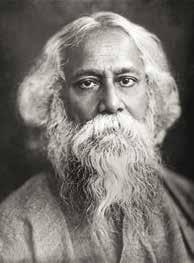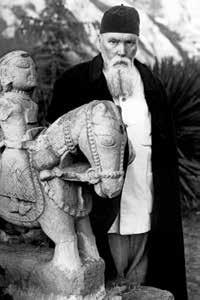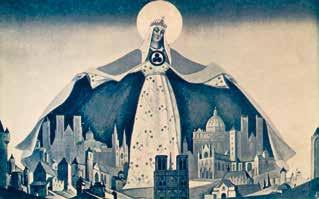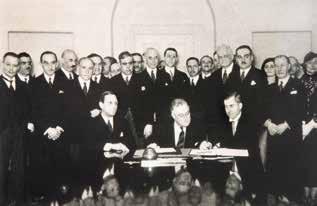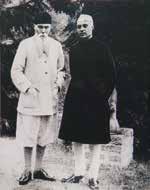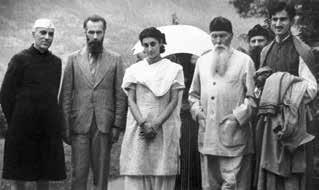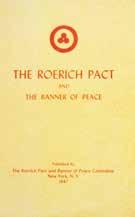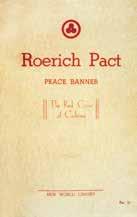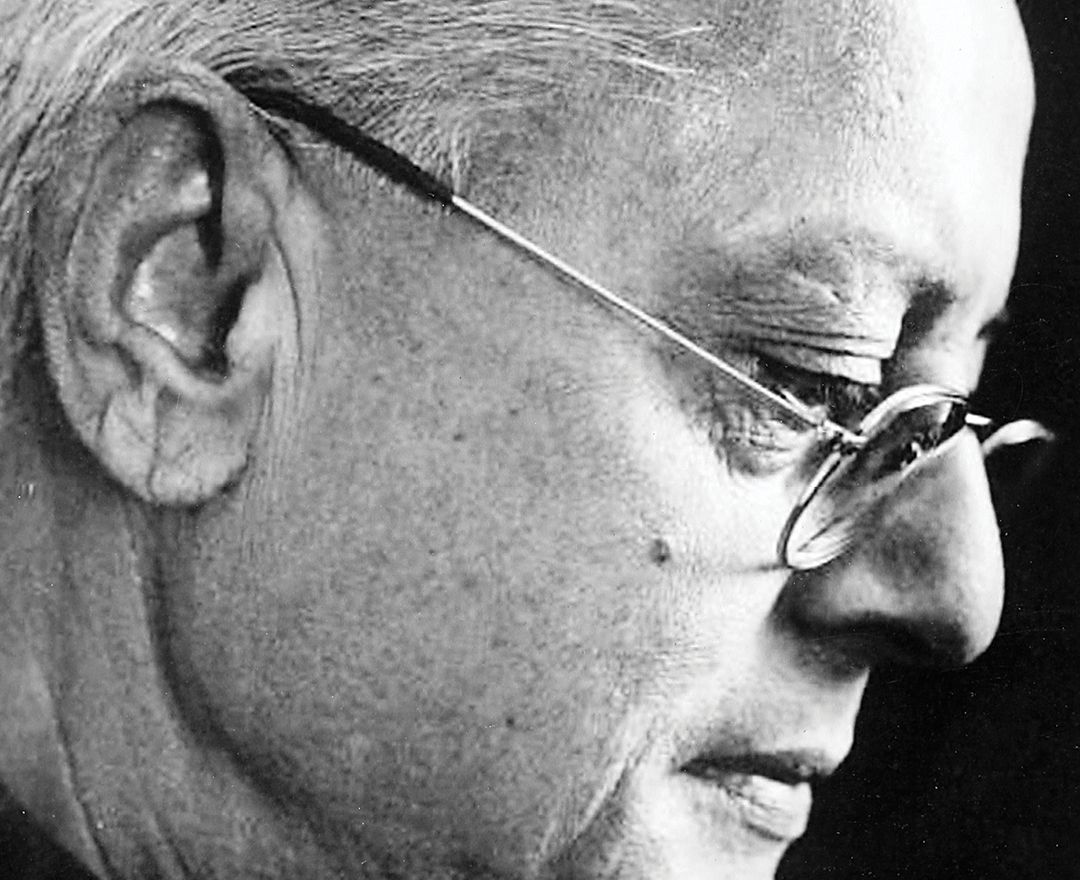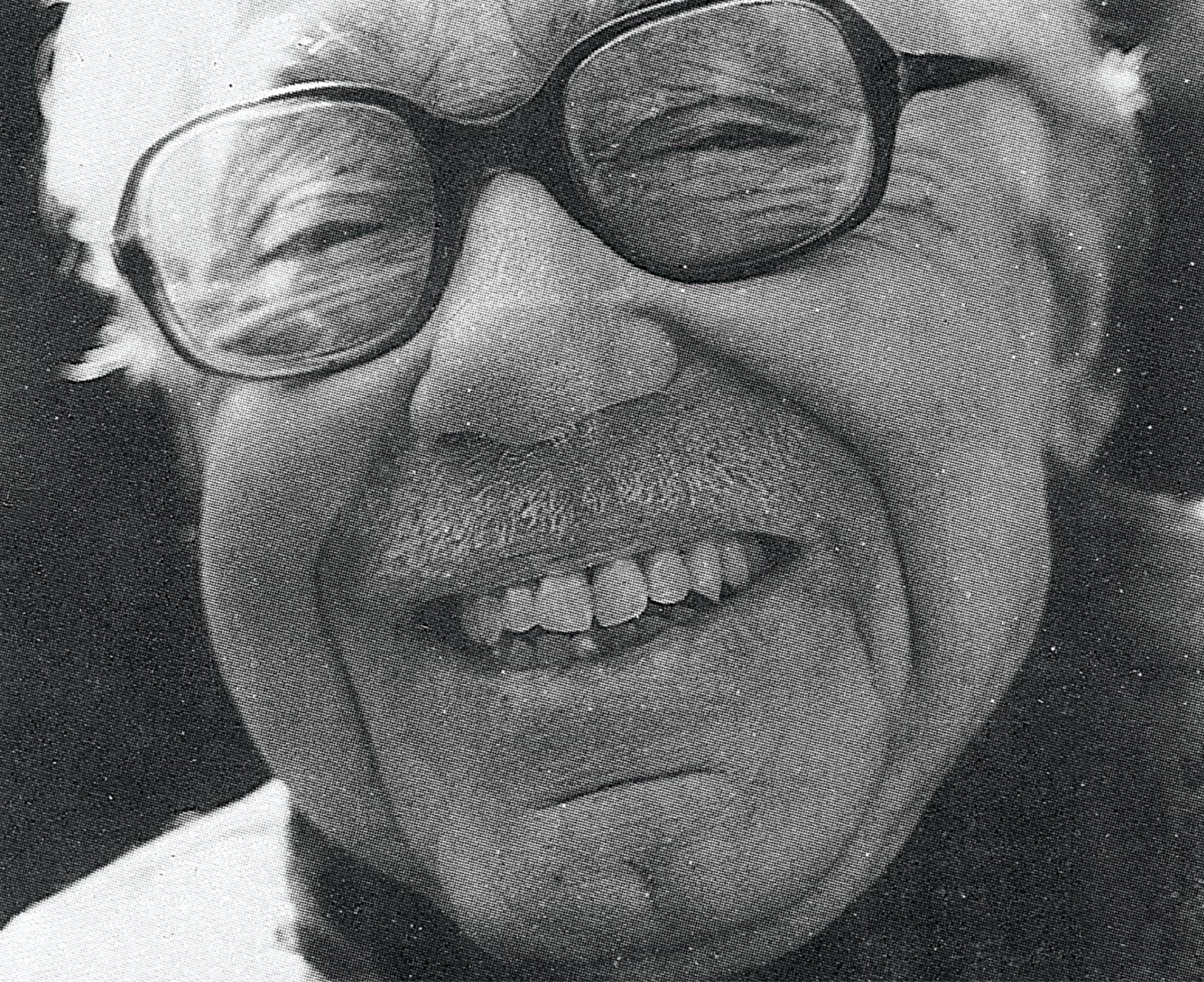Nicholas Roerich
Nicholas Roerich
Nicholas Roerich
|
1874 - 1947 Nicholas Roerich |

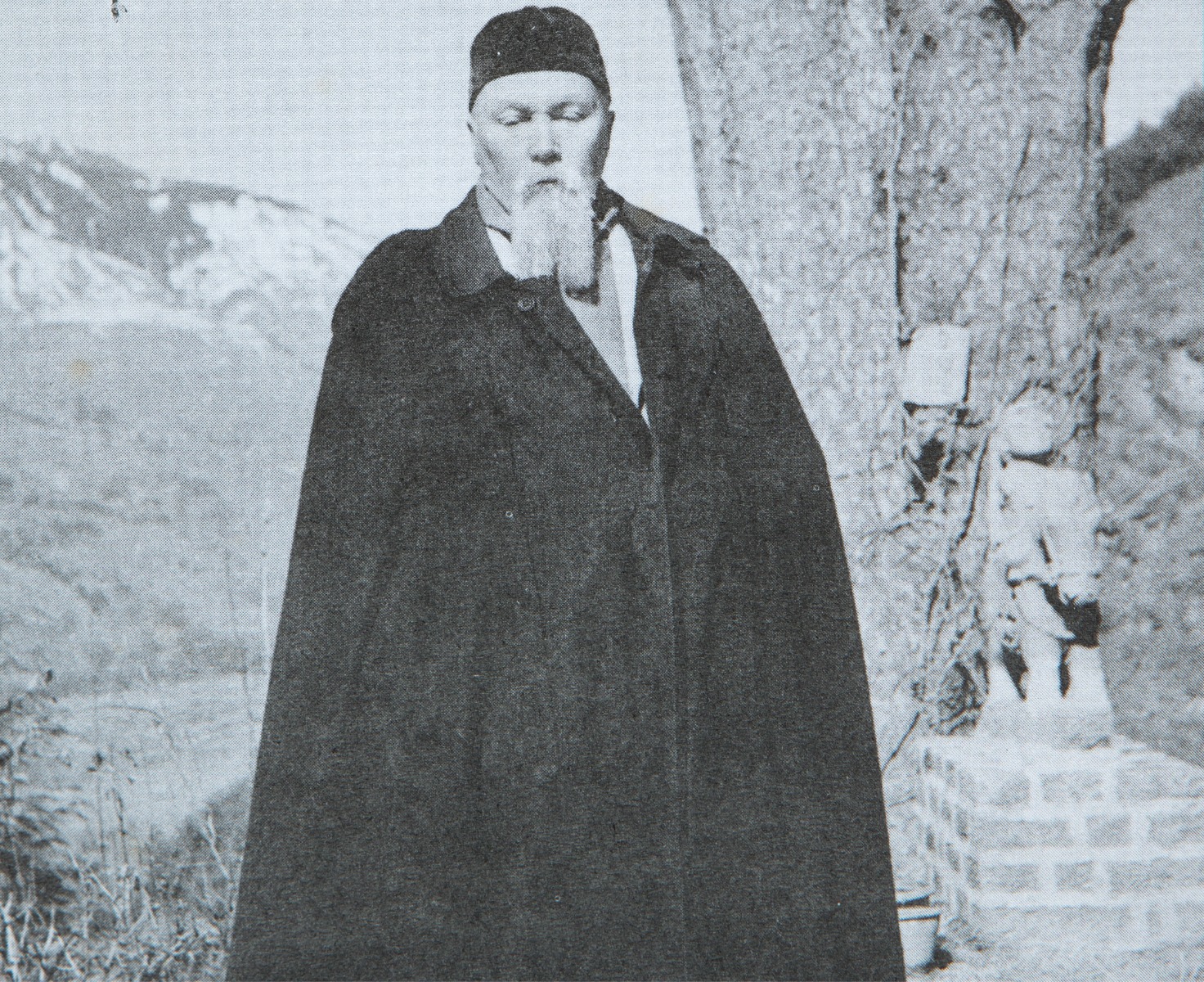
‘Along with the racial affinity with the Orient, [Nicholas] Roerich had an intellectual and aesthetic unison with India through his beliefs, which he shared with the old rishis of this land. He lived in the Himalayas and seems to have captured the spirit of the mountains, portraying their ever-changing moods and colours’
PROF. LOKESH CHANDRA
artist timeline
artworks
dag exhibitions
|
‘Manifestations V, 20th Century Indian Art’ |
|
DAG, New Delhi, 2011 |
|
‘Indian Landscapes: The Changing Horizon’ |
|
DAG, New Delhi, 2012 |
|
‘Manifestations VII, 20th Century Indian Art’ |
|
DAG, New Delhi, 2012 |
|
‘Indian Blue: From Realism to Abstraction’ |
|
DAG, New Delhi, 2021 |
|
‘Iconic Masterpieces of Indian Modern Art’ |
|
DAG, Mumbai, 2021 |
notable collections
|
National Gallery of Modern Art, New Delhi |
|
Roerich Memorial Trust, Naggar |
|
Piramal Art Foundation, Mumbai |
|
Government Museum and Art Gallery, Chandigarh |
|
Sree Chitra Art Gallery, Thiruvananthapuram |
|
National Gallery for Foreign Art, Sofia |
|
Latvian National Museum of Art, Riga, Latvia |
|
State Museum of Oriental Art, Moscow |
|
International Centre of the Roerichs, Moscow |
|
Russian State Museum, Saint Petersburg |
|
Novosibirsk State Art Museum, Novosibirsk |
|
Nizhny Novgorod State Art Museum, Nizhny Novgorod |
|
National Museum of Serbia, Belgrade |
|
Nicholas Roerich Museum, New York |







